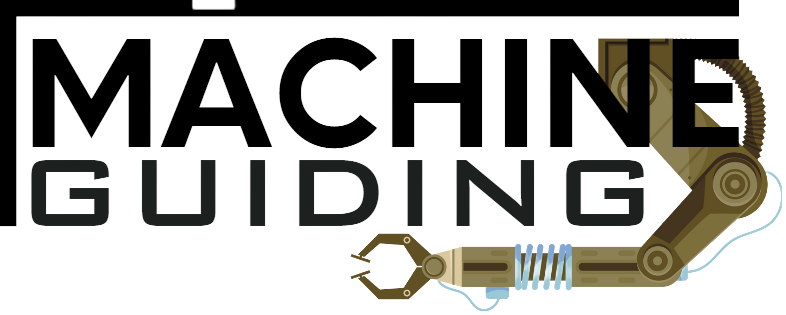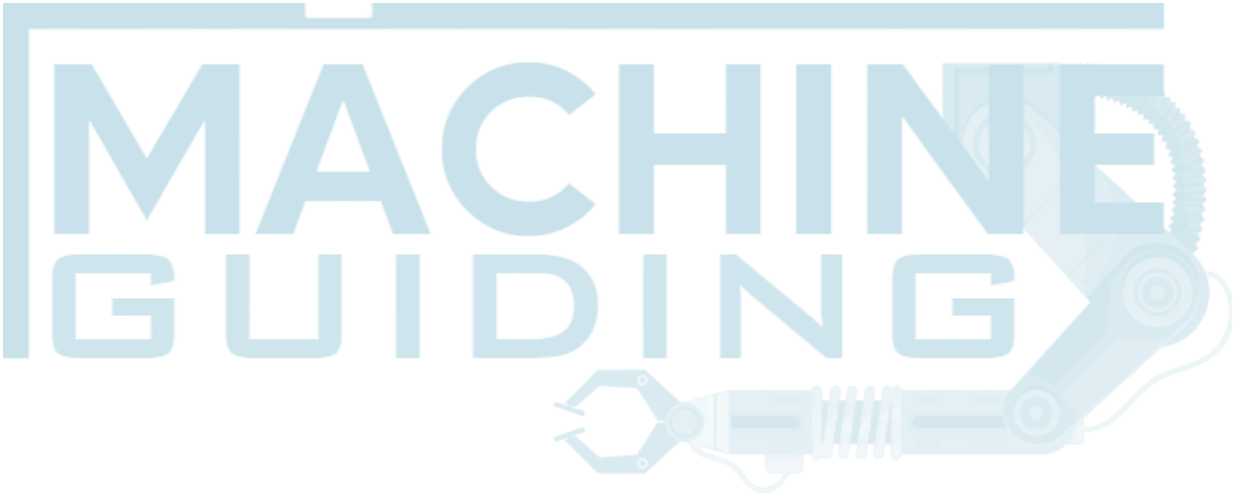Editorial Rating: 4.5/5.0
| Ease of use | 4.5 out of 5.0 |
| Functionality | 4.6 out of 5.0 |
| Integration and Deployment | 4.5 out of 5.0 |
| Customer Service and Support | 4.2 out of 5.0 |
| Product Performance | 4.7 out of 5.0 |
Likelihood to recommend 85%!
MACHINE GUIDING (MG) editorial team evaluates this data and contrasts the product with similar products on the market. Using a standard evaluation system or framework, they rate the product based on various criteria, including performance, ease of use, customer support, and overall quality against cost.
Keras Overview
Keras is a popular open-source neural network library written in Python. It provides a user-friendly interface for designing, training and evaluating deep learning models. Keras aims to make deep learning accessible to both beginners and experts, offering a high-level API that simplifies the process of building and experimenting with neural networks.
One of the major advantages of Keras is its modularity. It allows users to create models by stacking and configuring different layers, making it easy to construct complex architectures. It supports many layer types, including dense (fully connected), convolutional, recurrent, and more. These layers can be combined to create various neural networks, such as feedforward networks, convolutional neural networks (CNNs), and recurrent neural networks (RNNs).
In addition to its modularity, Keras integrates with popular deep-learning libraries, such as TensorFlow and Theano. This integration allows users to take advantage of the efficient computation capabilities of these libraries while benefiting from Keras’ high-level abstractions. It can run on CPU and GPU, enabling accelerated training and inference on compatible hardware.
It also simplifies the process of training neural networks through its intuitive API. Users can define their models, specify the loss function and optimization algorithm, and then train the model with a few lines of code. Keras provides a comprehensive set of built-in loss functions, optimizers, and evaluation metrics, making it easy to configure and customize the training process. Furthermore, Keras supports advanced features like model saving and loading, allowing users to save and reload trained models for later use. It also provides various callback functions that enable users to perform actions during training, such as saving the best model based on validation performance or adjusting the learning rate dynamically.
Overall, Keras is a powerful and user-friendly library for building neural networks. Its simplicity, modularity, and compatibility with other deep learning frameworks make it a popular choice among researchers and practitioners for prototyping and deploying deep learning models.
Pros and Cons
Pros
- Easy-to-use interface: Keras provides a user-friendly API that simplifies the process of building and training neural networks, making it accessible to beginners and experts.
- Modularity and flexibility: It allows for the easy construction of complex network architectures by stacking and configuring different types of layers, enabling users to create a wide range of neural network models.
- Integration with TensorFlow and Theano: Keras seamlessly integrates with popular deep learning frameworks, leveraging their efficient computation capabilities and benefiting from their extensive ecosystem of tools and libraries.
- GPU acceleration: It supports GPU acceleration, allowing for faster training and inference on compatible hardware, which is crucial for handling large-scale deep-learning tasks.
- Extensive documentation and community support: Keras has a vibrant community that provides extensive documentation, tutorials, and resources, making it easier for users to get started and troubleshoot any issues.
Cons
- Limited low-level control: It focuses on simplicity and abstraction, which may limit the level of control and customization for advanced users who require fine-grained control over their neural network models.
- Performance overhead: While Keras offers a high-level API that is convenient to use, it may introduce a slight performance overhead compared to lower-level deep learning frameworks.
- Dependency on external frameworks: Although it integrates with TensorFlow and Theano, it depends on these frameworks for its backend operations. This dependency may introduce compatibility issues if there are significant changes or updates in the underlying frameworks.
- The steeper learning curve for advanced features: While Keras is easy to start, mastering advanced features and techniques, such as custom layers or loss functions, may require a deeper understanding of the underlying concepts and framework.
- Lack of support for non-standard architectures: Although it supports a wide range of neural network architectures, it may not provide native support for certain non-standard or cutting-edge models.
Other Review Sites Rating
Keras receives mostly positive reviews from several user review sites. Capterra users rate Keras at 4.7 out of 5.0, users at G2 Review rate it at 4.6 out of 5.0, and users at Trust Radius rate Keras at 7.6 out of 10.0.















